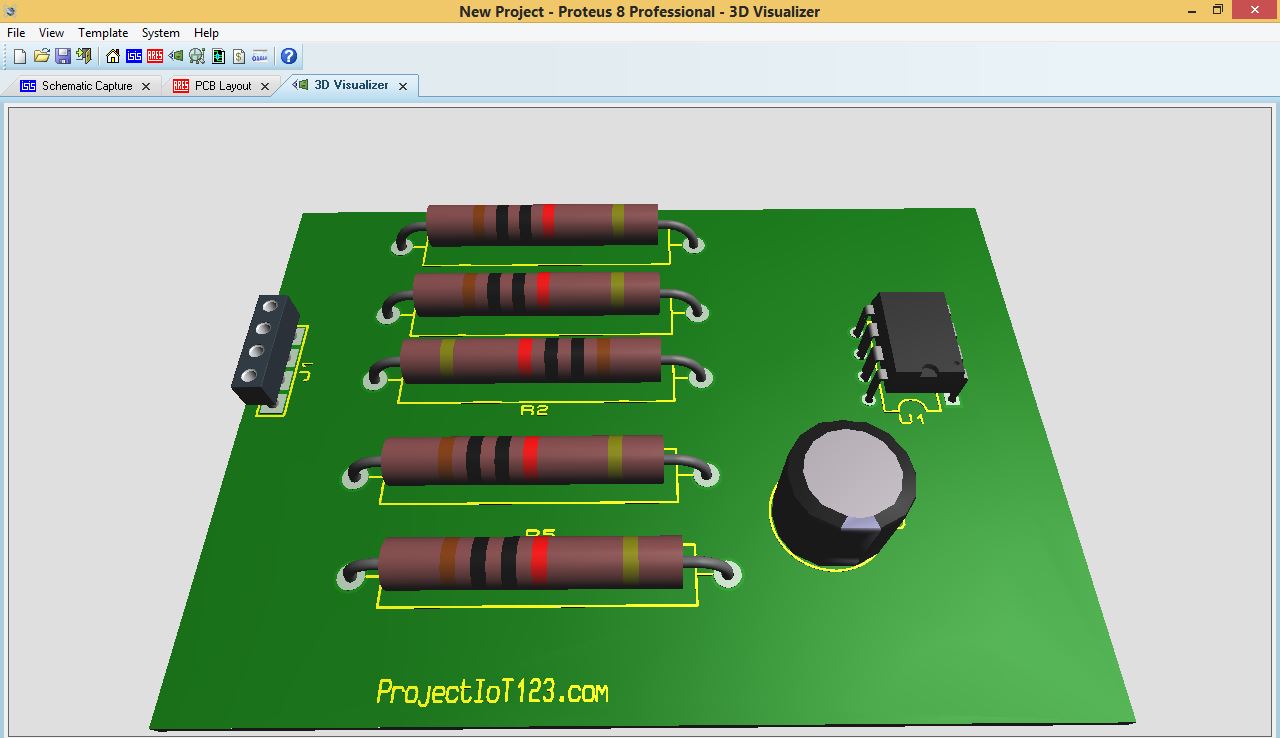
#Tutorial proteus 7 how to
Depending on which number or alphabet is to be displayed, control signals are applied.įollowing schematic shows the 7-segment 2-digit display with10-pins that how to set each pin on this LED. Resistors need to be connected between the display and the Arduino UNO board. Here, the 7-Segment display is driven directly by Arduino through the wire. Of course, like any LED you need to use a resistor(10k) to limit the amount of current drawn by the LED. So, by grounding D1 or D2 you select which digit you want to light up a specific segment. Pin 7 and 8 (D1 and D2) are the common Cathode for each digit. Here’s a diagram of the 2-digit 7 Segment display, as you can see pin 1-5 and pin 6, 9 and 10 are connected to a specific segment.

Most 7-Segment display are common Cathode, which mean that each LED GND pins (Cathode) are connected together and the VCC+ pins (Anode). Each led lights up a particular segment and by lighting a specific combination of LEDs you can represent a number or some letters. A 7-segment display is basically just a couple of regular LEDs behind a block. This setups is required to drive the common anode or cathode pin using Arduino I/O pins, so they can source enough current to light all seven segments.īefore starting Arduino coding for the project, let us know in brief about 2-digit seven segment displays. to drive 2 digit 7-segment display we need to used two Arduino I/O pins, each driving a digit of the display individually.


In this project, we use function of the 2-digits. As we have seen in previous tutorial, for interfacing a single-digit display, we need to connect the common anode pin to +5V supply or we need to connect the common cathode pin to ground, but in case of two digits display we have to drive them independently if we want to display two digits! This tutorial, is to create a project with 2-digit Seven-segment display by using Arduino UNO, which include the connections with Arduino, coding and schematic with the help of Proteus software.


 0 kommentar(er)
0 kommentar(er)
